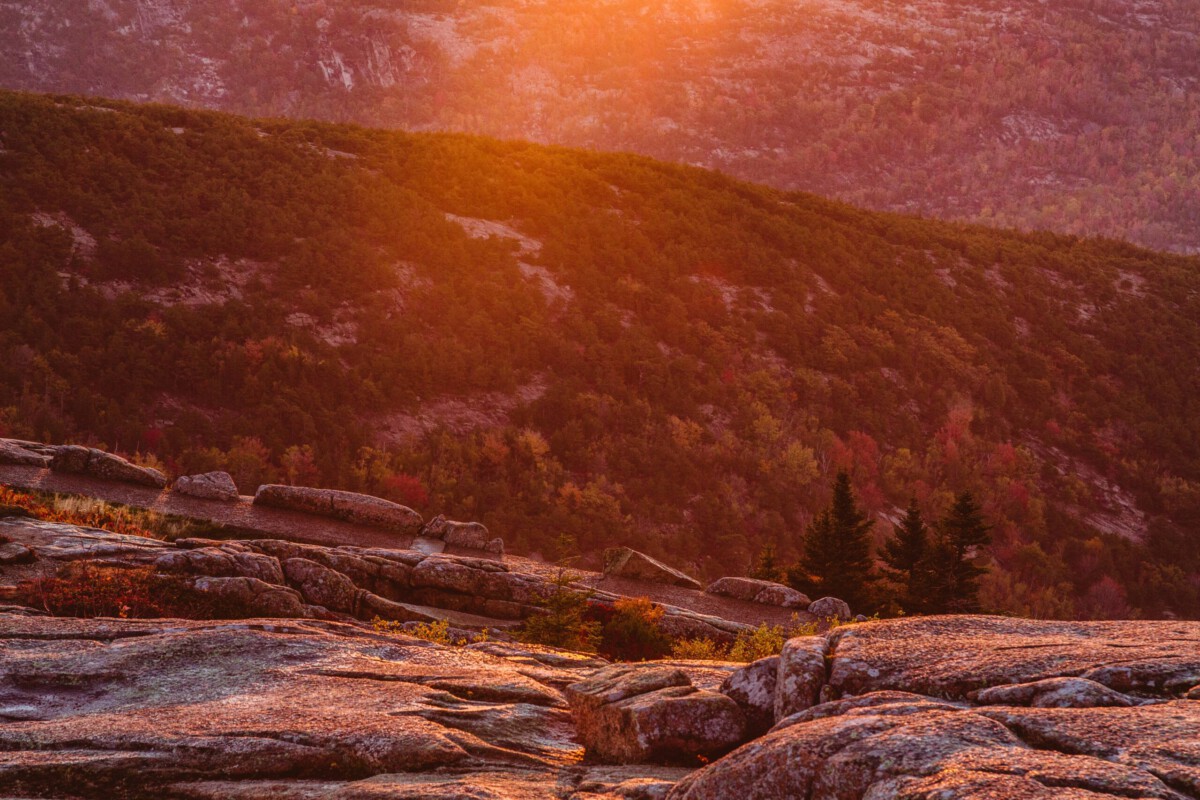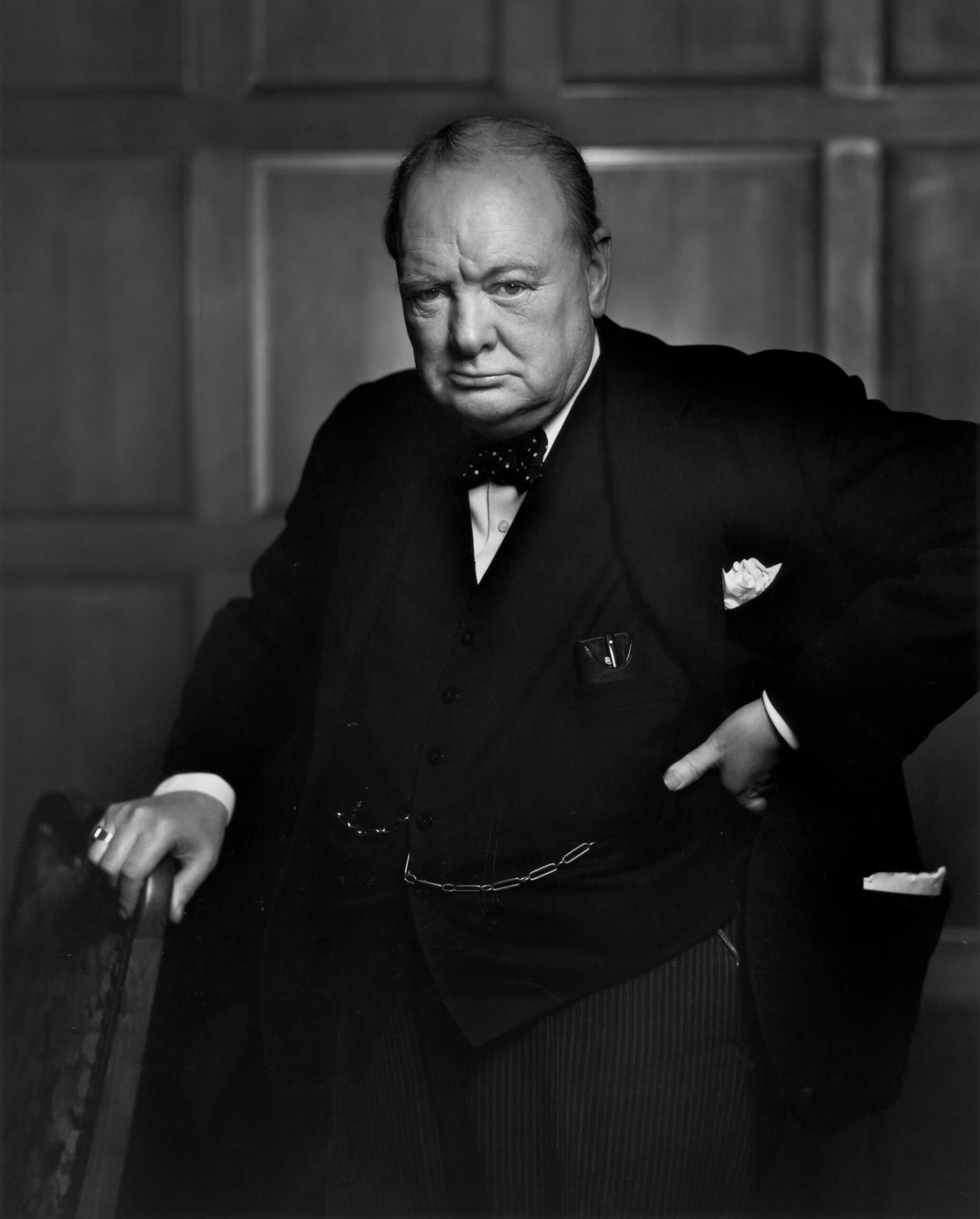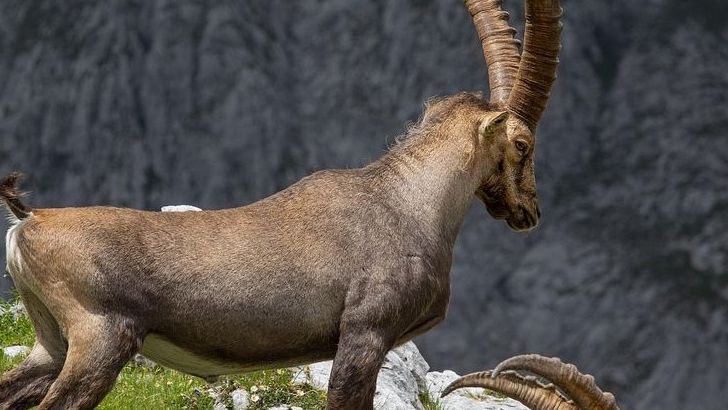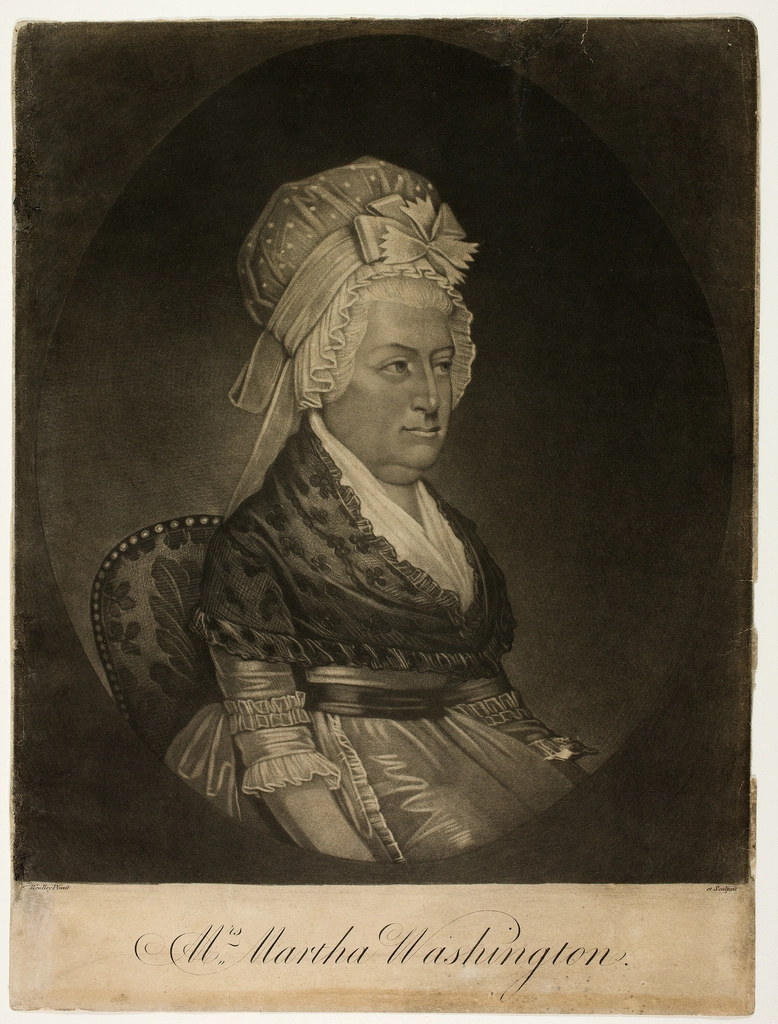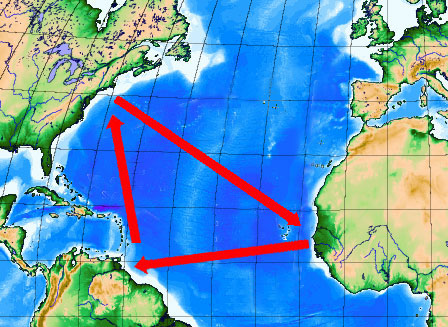Imagine stepping through a pine-framed gateway, the morning air scented with dew and wildflowers, only to find a river of people winding between you and the view you’ve been dreaming of. The crunch of gravel under hiking boots, the hum of conversation in dozens of languages, and the flash of camera phones—these are the surprising new sounds of North America’s most beloved national parks. The wild spaces we crave for silence and solitude are now facing an avalanche of visitors, pushing both nature and patience to the limit. Still, the beauty remains—a promise of adventure and awe if you know how to look. Here’s where the crowds are thickest, and what it’s really like to experience these overwhelmed wonders right now.
Yellowstone Crowds and Geyser Gazing
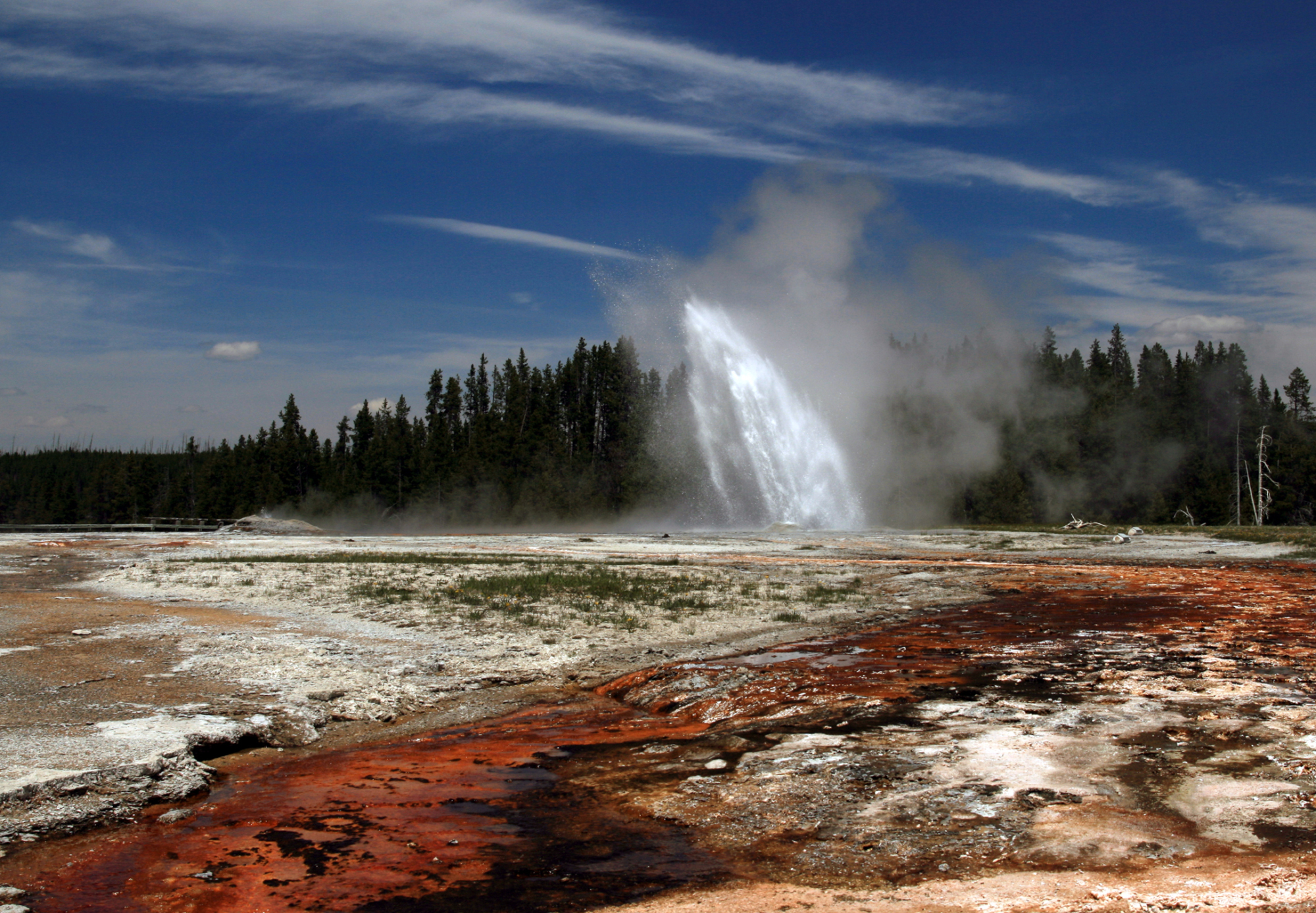
Yellowstone isn’t just the world’s first national park—it’s a magnet for wanderlusters from every continent. Every summer, the line of cars into the park feels longer than a bison’s winter coat. The scent of sulfur and pine mixes in the air as you wait your turn to glimpse Old Faithful’s famous eruption. Boardwalks snake through geyser basins, filled shoulder to shoulder with people hoping for that perfect shot. It’s hard not to feel a bit lost in the shuffle, especially when roadside bear or bison sightings lead to instant traffic jams. Rangers do their best to keep things moving, but patience is your greatest ally here. If you want a quieter Yellowstone, try a frosty morning in May or a golden September afternoon—when the crowds thin and the landscape feels yours again.
Yosemite Valley’s Bustling Beauty
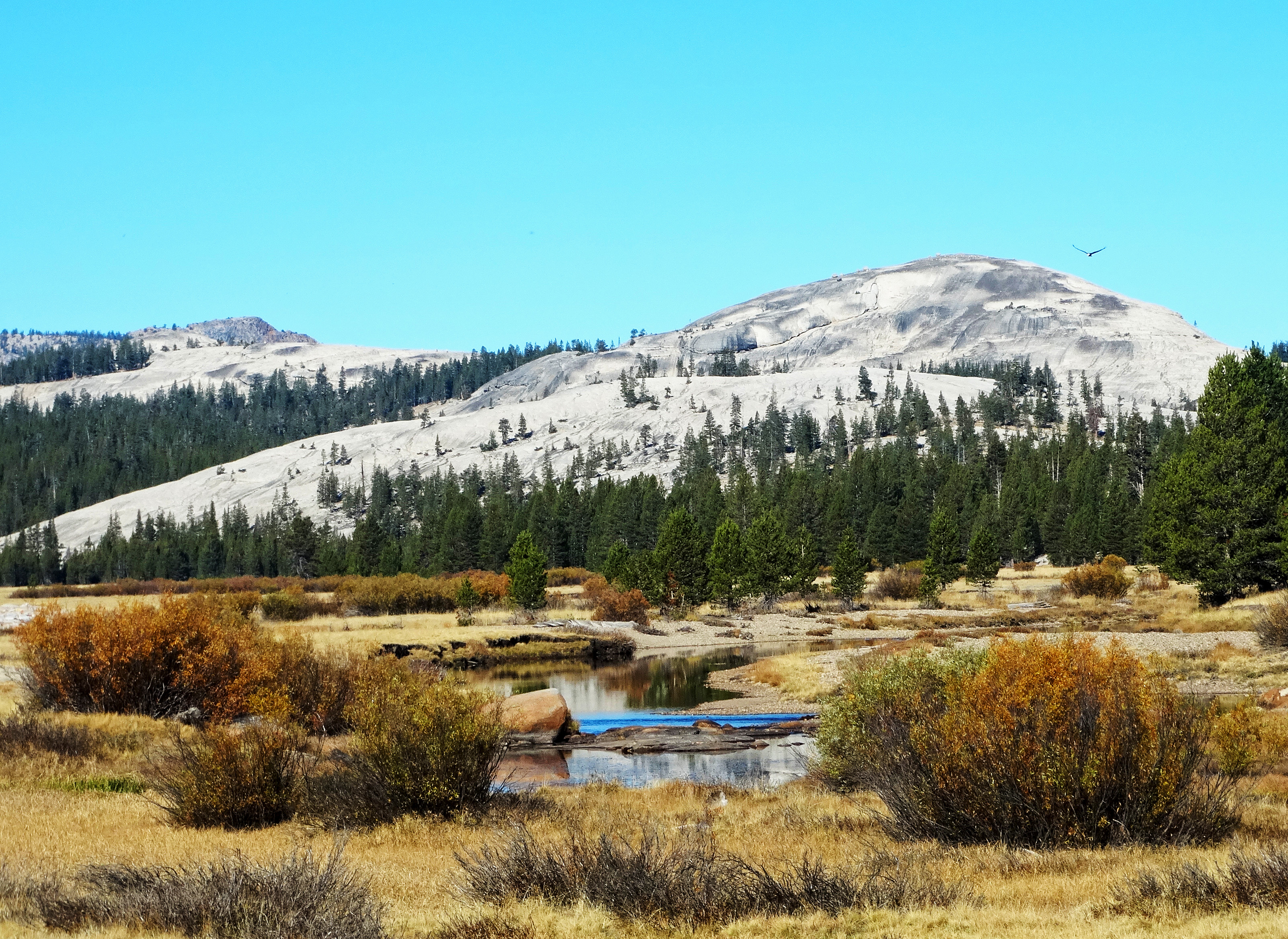
Yosemite’s granite giants—El Capitan, Half Dome, Cathedral Rocks—rise above a valley that can feel more like a small, buzzing city than a wilderness escape. Shuttle buses groan under the weight of hikers, and every pullout overflows with cars hoping for a view. The roar of Yosemite Falls is almost drowned by the chorus of visitors marveling at its power. In summer, you might wait in line just to snap a photo at Tunnel View or squeeze onto a trail to Vernal Fall. Still, there are moments when you catch a breeze carrying the scent of cedar and you remember why you came. Early risers are rewarded with dew-soaked silence and the sight of sunbeams slicing through mist. For a touch of the old magic, visit on a cool weekday in late October or after a spring rain when wildflowers bloom and crowds dwindle.
Zion’s Canyon Congestion
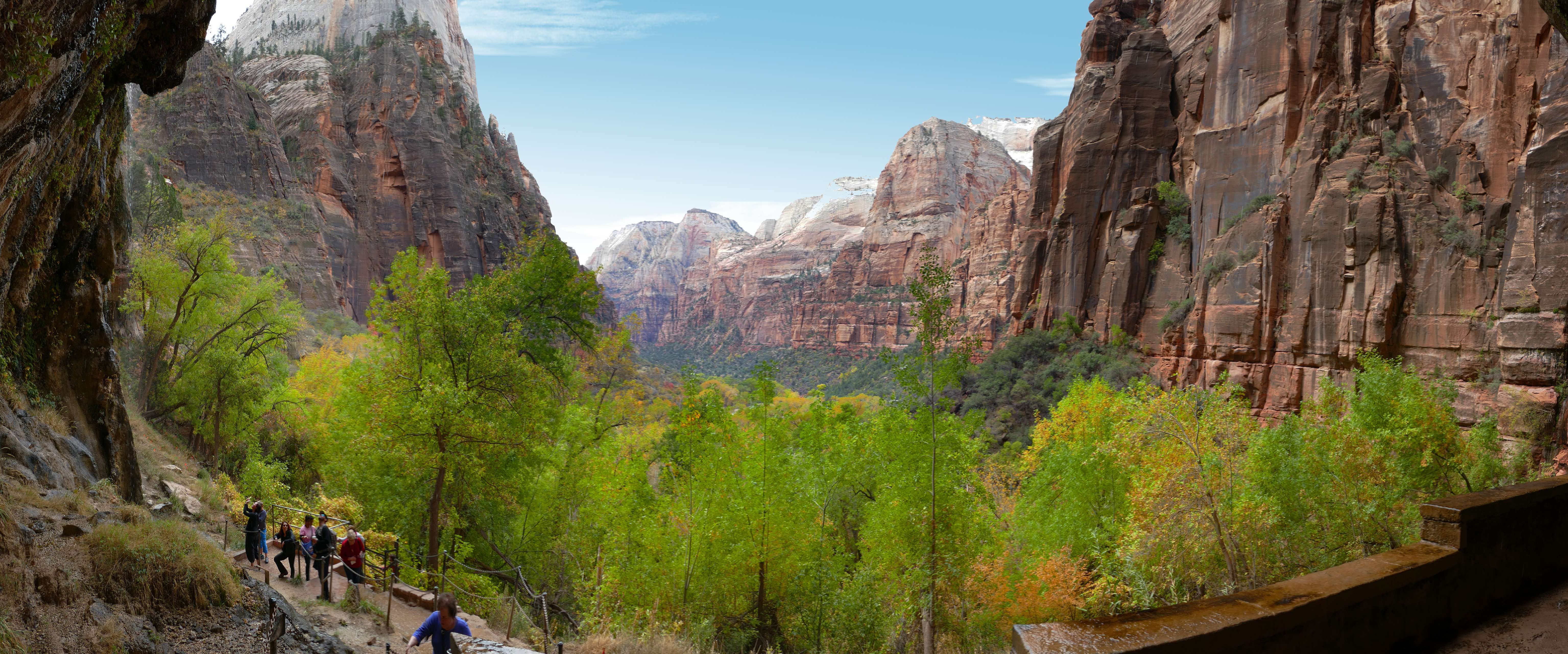
In Zion, the red cliffs glow at sunrise, but by mid-morning, the shuttle buses are standing room only and the lines to hike Angels Landing can stretch all the way back to the river. The Virgin River’s gentle gurgle is often masked by the chatter of hundreds of hikers wading upstream in The Narrows. The main canyon, a ribbon of emerald and rust, pulses with energy, but it can feel more like a festival than a retreat. Parking fills by 8 a.m., and popular trails resemble a moving escalator of trekking poles and hydration packs. If you crave solitude, try Kolob Canyons or plan a moonlit stroll when most visitors have left for dinner. Spring and fall bring cooler temperatures and thinner crowds—perfect for soaking in Zion’s majesty without feeling pressed in.
Grand Canyon’s Endless Lines
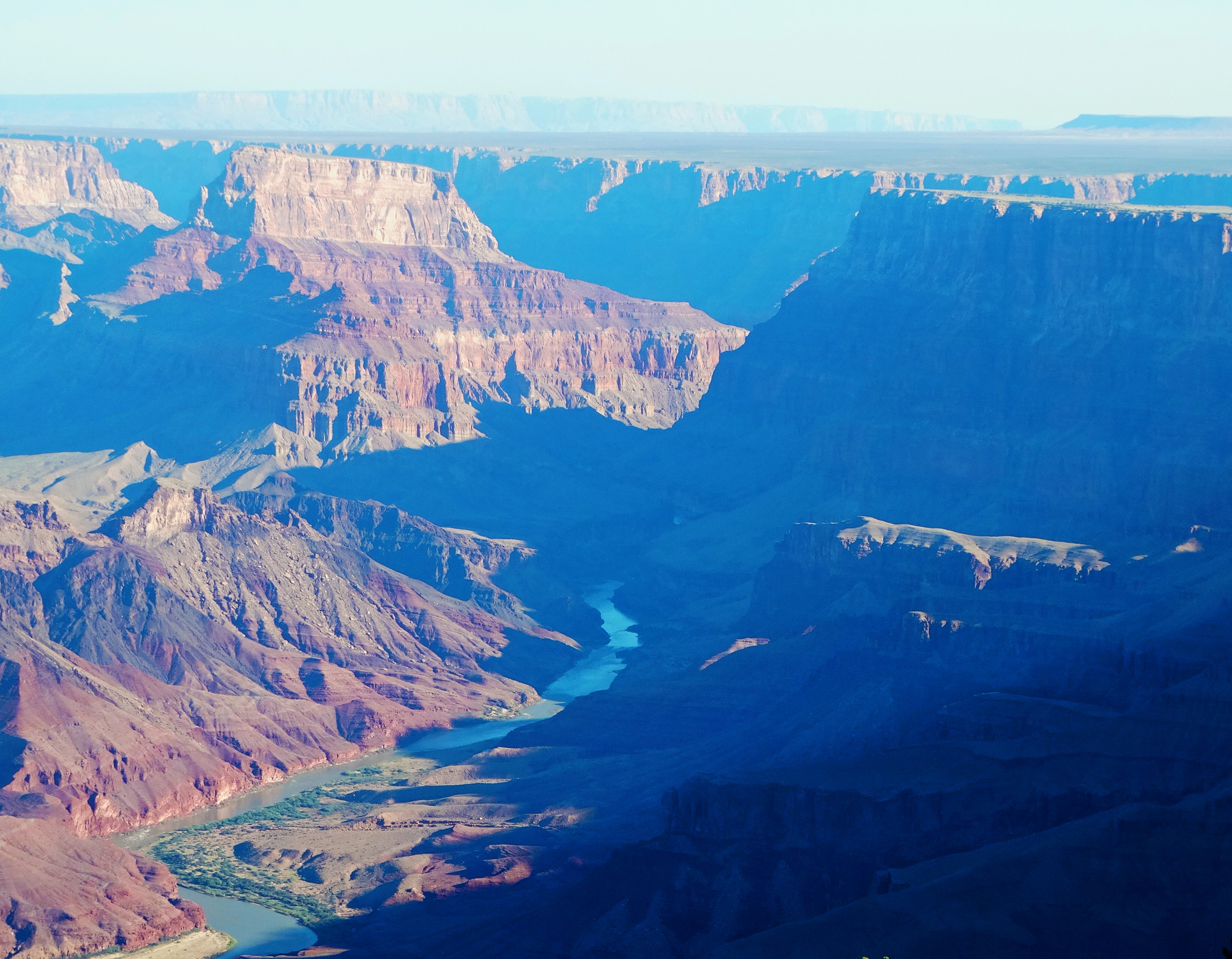
Standing on the rim of the Grand Canyon, you’d expect to hear only wind and silence. Instead, camera shutters click, tour buses idle, and souvenir shops ring with laughter and chatter. Nearly 6 million people peer over the edge each year, and during peak season, the South Rim feels more like a bustling town than a remote wonder. Shuttle stops fill up, and the viewpoints are packed elbow to elbow, especially at sunset. Still, nothing can prepare you for that first glimpse of layered rock stretching for miles. For a breath of quiet, wake up before dawn or head to the lesser-known North Rim, where the pines are taller, the air cooler, and the crowds far thinner. The grandeur is all the more striking when shared with just a handful of fellow travelers.
Rocky Mountain’s Jammed Trailheads
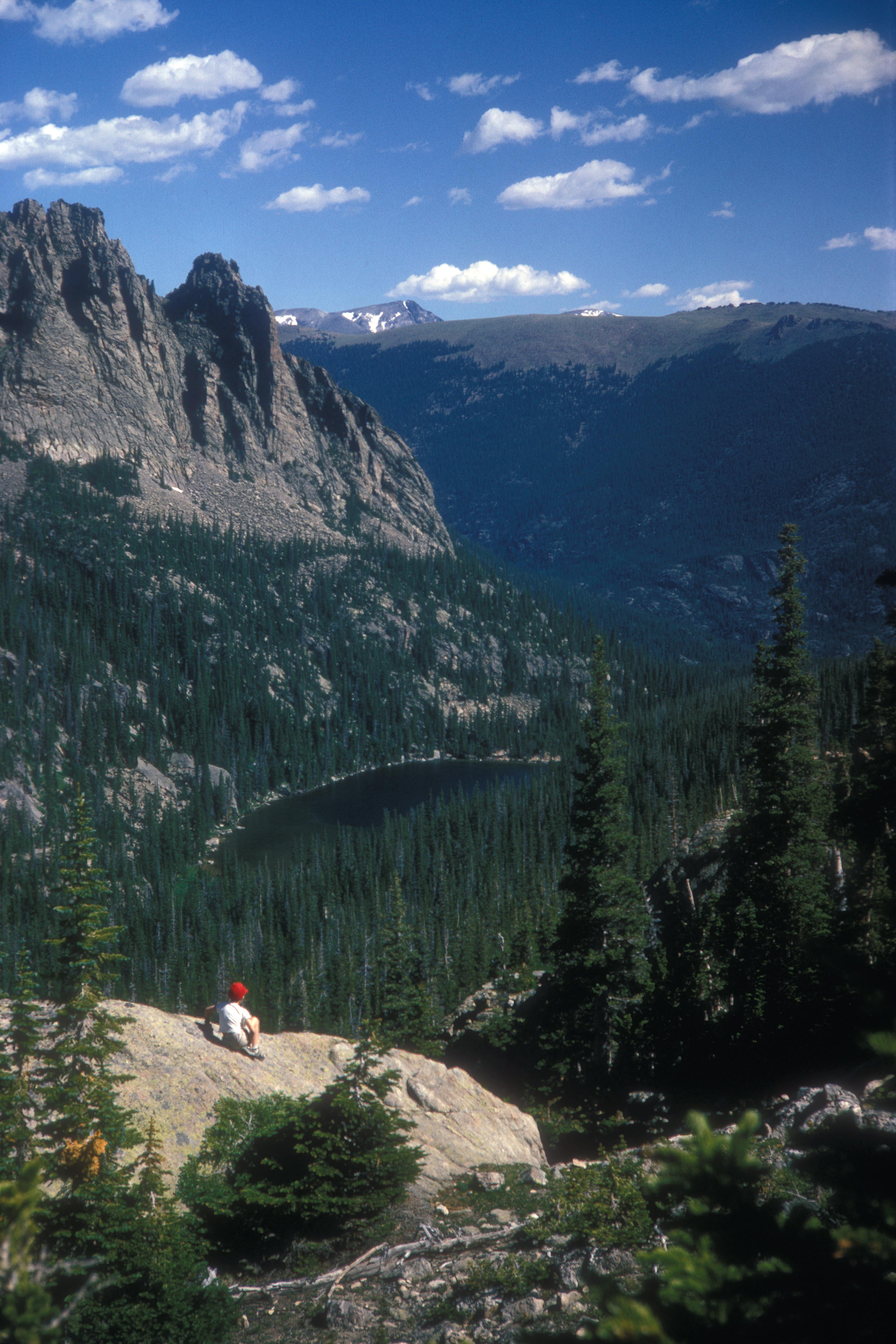
High above the Colorado plains, Rocky Mountain National Park offers alpine lakes so clear they reflect the sky, and peaks that seem to scrape the clouds. But in summer, parking lots at trailheads fill before breakfast, and Trail Ridge Road can turn into a slow-motion parade of SUVs. The scent of wild sage and the sound of elk bugling at dawn are often interrupted by the buzz of conversation and the click of trekking poles. Waiting for a shuttle feels endless, especially when you’re itching to get to Bear Lake or Dream Lake. If you’re after a quieter adventure, lace up your boots in early June or late September, when the chill in the air keeps most visitors away and aspen leaves turn gold against the blue sky.
Acadia’s Sunrise Stampede
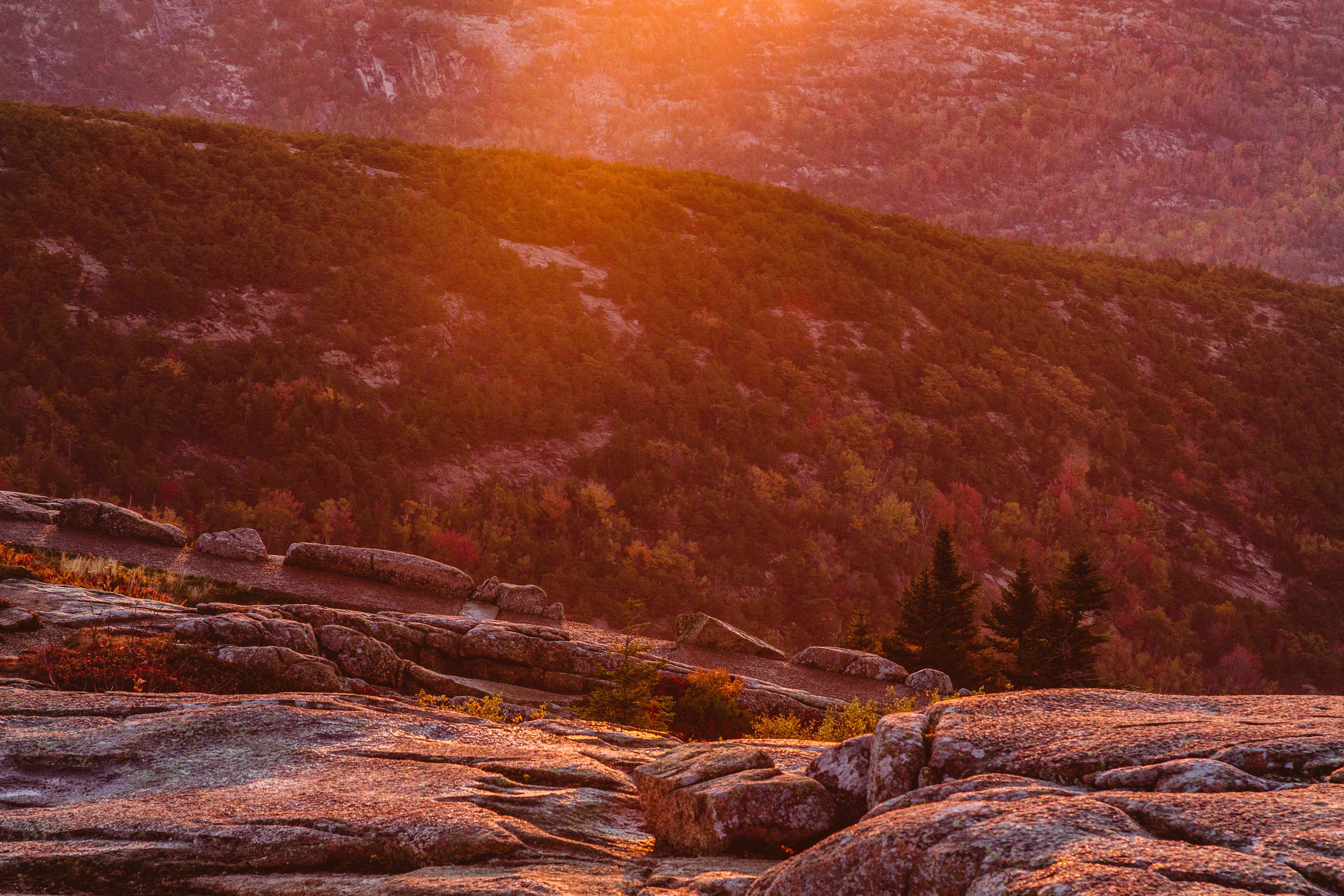
Acadia’s rocky coastline is like nowhere else, where pine forests tumble into the Atlantic and lobster traps bob in the distance. Cadillac Mountain, the park’s crown jewel, draws sunrise seekers from around the world—sometimes hundreds gather in the predawn dark, headlights snaking up the mountain. The air is salty and cool, and the anticipation is electric as the first rays break the horizon. But by mid-morning, Bar Harbor’s streets are bustling, and popular trails like Jordan Pond Path become rivers of hikers. The smell of blueberry pancakes wafts from nearby diners, mixing with the tang of sea spray. For a more peaceful visit, plan a weekday in late September or October. Fall colors light up the park, and you can still hear the call of loons over the lakes.
Glacier’s Bottlenecked Beauty
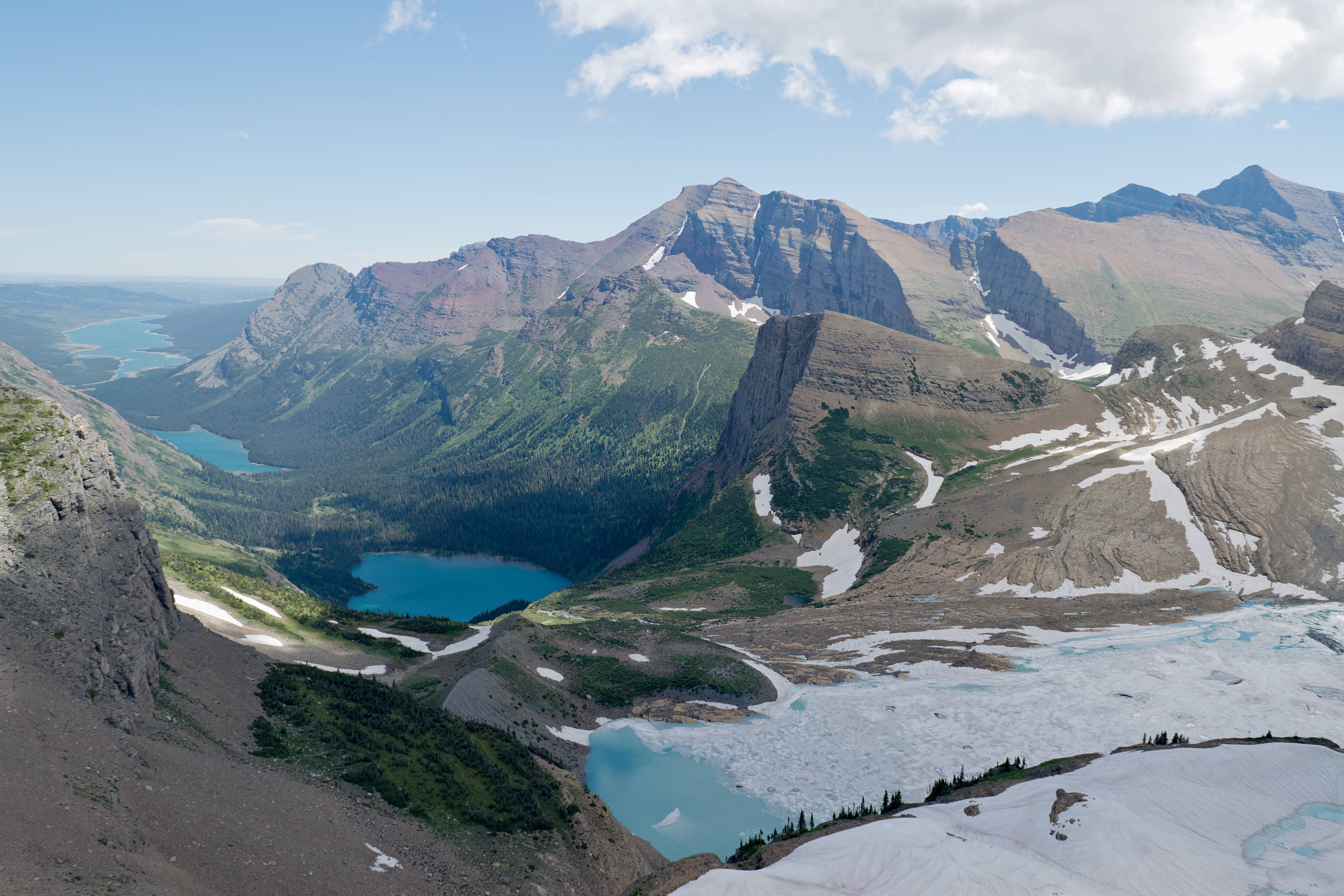
Glacier National Park’s jagged peaks and turquoise lakes are the stuff of dreams, but lately, the park’s beauty is matched only by its gridlock. Going-to-the-Sun Road, the iconic artery through the park, can be bumper-to-bumper by noon, and hikers line up at Logan Pass just to start their climb. The scent of wildflowers and the distant cry of a marmot might be overshadowed by the murmur of visitors waiting for a shuttle. Still, if you’re willing to set that alarm for dawn, you’ll find quiet moments on the shore of Lake McDonald or along lesser-known trails like Two Medicine. Early mornings and late afternoons offer softer light and a sense of wilderness that can still feel untouched, even if the parking lot tells a different story.

